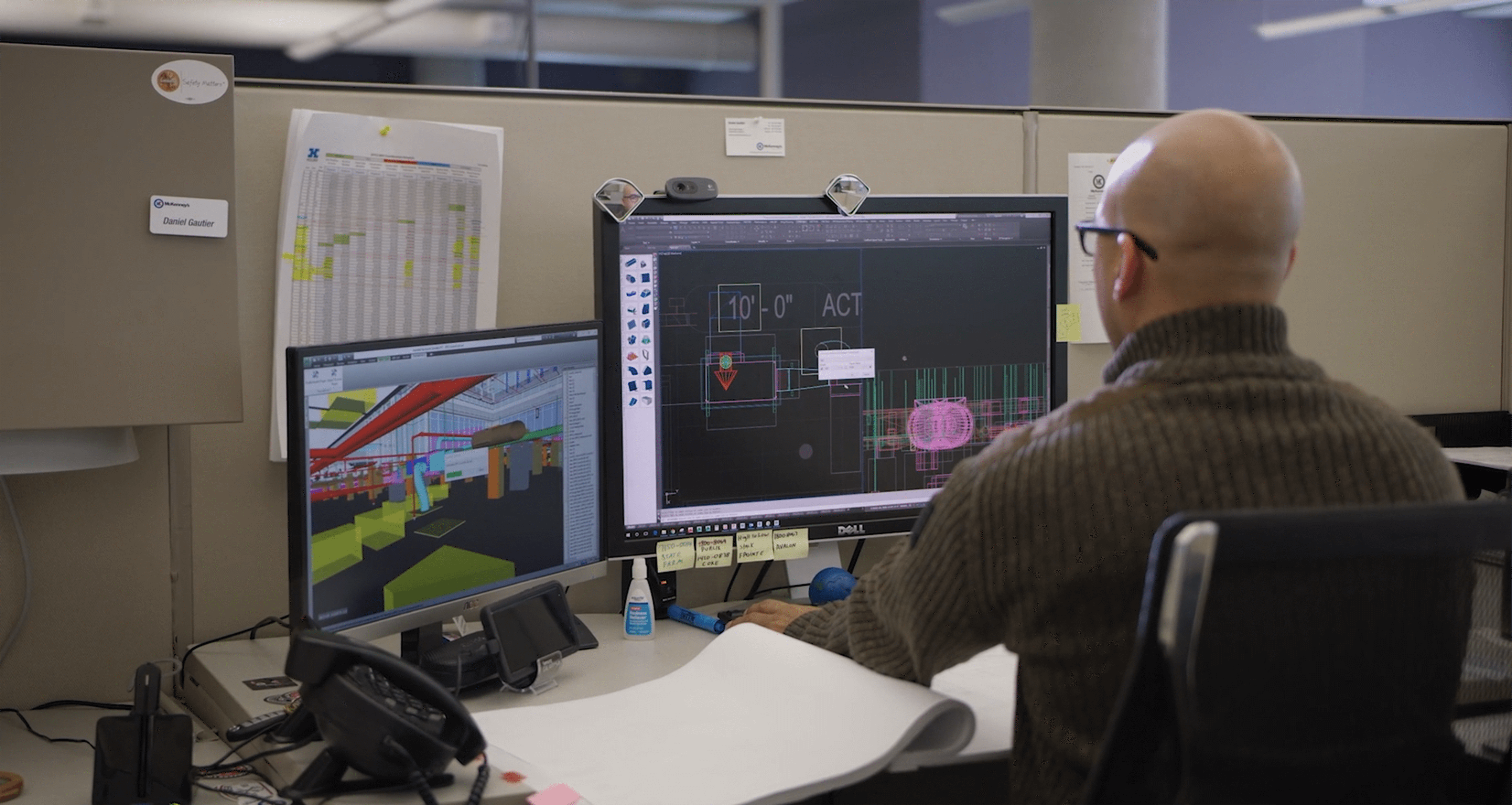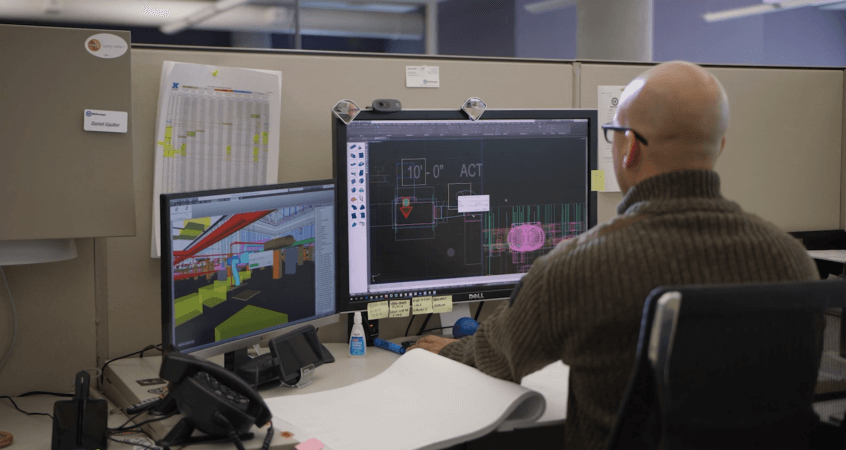
Building Information Modeling (BIM) has been used to reduce risk on projects in the commercial construction industry for over 15 years. Effective BIM coordination most commonly reduces risk by identifying trade clashes before construction starts. To get the most value out of your BIM, look at the data inside the models. Here are three places to start.
Today, there are more ways than ever to use BIM to help deliver projects on budget and on time. The most effective way to leverage BIM on a project is by using and understanding the data inside the model. However, when leveraging BIM data, three conditions crucial to your company’s success. First, you need clearly defined standards in your business. It’s important to model accurately model common systems and materials common systems and materials accurately and with smart content embedded with properties like material, manufacturer, cost, and weight. Second, ensure that you follow these standards. Your BIM team needs to be committed to producing consistent, high-quality models. Thirdly, you need to have resources allocated to harvesting the data and using it. If you have these three prerequisites, you are in a great position to implement the following ideas:
Develop Smart Schedules
BIM data containing quantities by type can be used to develop highly accurate, dynamic scheduling tools. Tracking the quantity of items and applying a production rate helps project managers and field leaders alike; they provide accurate estimations of task durations that can be easily, if not automatically, updated as changes occur in the field.
Increase Prefabrication
BIM data provides accurate bills of material and take-offs, allowing field leaders to utilize prefabrication shops early in a project’s life cycle. This increases safety by moving workers from a congested, frequently changing job site to a manufacturing setting that encourages improved ergonomics with its predictable environment. BIM data creates an accurate model to identify areas where implementing prefabrication would add the most value by increasing effectiveness and decreasing costs.
Understand Project Complexity
Complex projects are often labor-intensive and costly and therefore increase risks to businesses. Your team can prioritize what areas of a project need the most attention by using BIM data in the project’s planning and prefabrication phases to develop metrics that reflect the project’s complexity. Certain metrics, such as fittings per linear foot or joints per foot of straight material, can provide insights that might not be obvious by simply reviewing drawings or even flying through a model.
There are many other ways to leverage BIM data to reduce risk and increase margins on projects. How are you using BIM data to make your projects more successful?
Have a question for our experts? Leave your comment below or check out McKenney’s Preconstruction Services page for more information.







